Littelfuse is a global leader in circuit protection and has expanded its capabilities into power control and sensing. Over the years, the company has been investing heavily in silicon carbide (SiC) technology, which is considered one of the most promising advancements in the semiconductor industry. Littelfuse's SiC Schottky rectifier diodes are designed to operate at higher frequencies and temperatures, enabling greater power density and improved efficiency for customers.

Peter Kim, Vice President, Sales, Asia Pacific, Littelfuse
As semiconductor technology evolves, devices are becoming more complex and sensitive to external surges. This trend presents new opportunities for Littelfuse. In the automotive sector, for instance, there's a growing demand for compact, high-performance protection solutions that meet stringent standards like ISO16750-2, ISO7637-2, and AECQ certification. Littelfuse is actively working on AEC-Q200 certification for fuses to ensure even greater reliability.
For electric vehicles, where Battery voltages are rising, the need for advanced high-voltage and high-current fuses is more critical than ever. In industrial markets, with the rise of Industry 4.0 and the Internet of Things, security and protection in automation systems are gaining more attention.
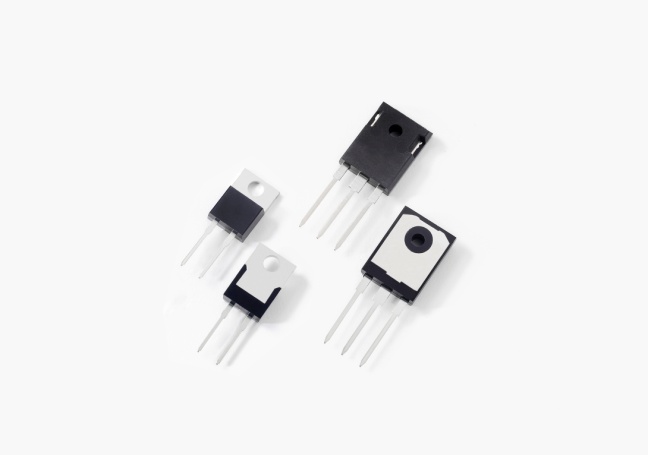
Silicon Carbide Schottky Rectifier Diodes Released by Littelfuse in 2016
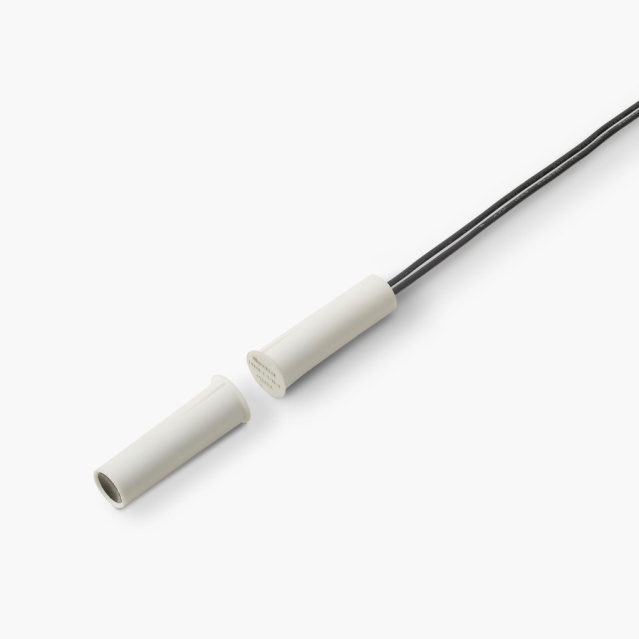
Littelfuse's 59040 Series Reed Sensors (for position and level sensing in safety systems, industrial equipment, and household appliances)
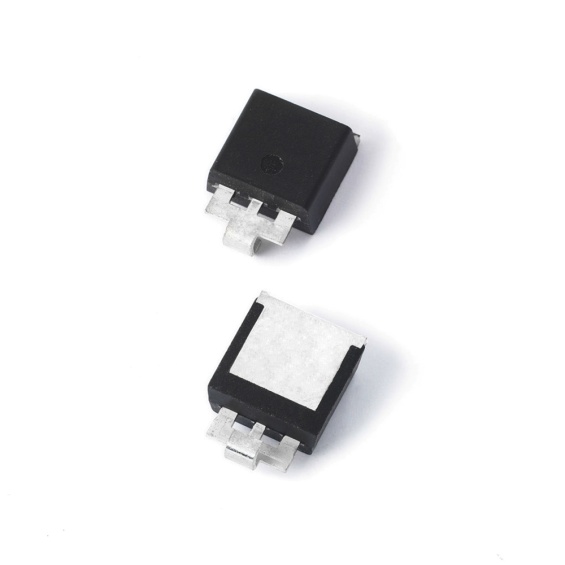
Littelfuse SLD8S Series Automotive SMTTVS Diodes Protect Automotive Electronics from Load Sudden Induction Transient Damage
In response to the growing needs of the automotive electronics market, Littelfuse recently launched the SLD8S series of transient voltage suppression (TVS) diodes. These devices offer up to 7000W (10/1000μs) pulse peak power in a popular SMTO-263 package. With a maximum off-state voltage of 57V, they help customers pass rigorous automotive tests such as ISO16750-2, ISO7637-25a, 5b, and are ideal for applications like powertrains, ECUs, BMS, and ABS.
For EV high-voltage battery protection, Littelfuse introduced the L50QS and L70QS high-speed fuses, available in traditional North American plug-in packages up to 500V and 700V. Recently, the company also plans to release a vibration test report to further build customer confidence in their products. Littelfuse provides comprehensive protection solutions, including PSMS harness protection, balanced sampling loops, and automotive CAN/LIN bus protection.
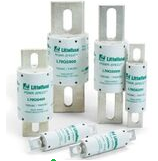
Littelfuse L70QS and L50QS Series Fuses
In the industrial sector, Littelfuse has launched the HMOV series of varistors, capable of operating at ambient temperatures up to 125°C. These components use silicon coating technology to deliver isolation voltages up to 2500V and surge current absorption capability of up to 10kA (8/20μs), making them ideal for high-reliability industrial applications.
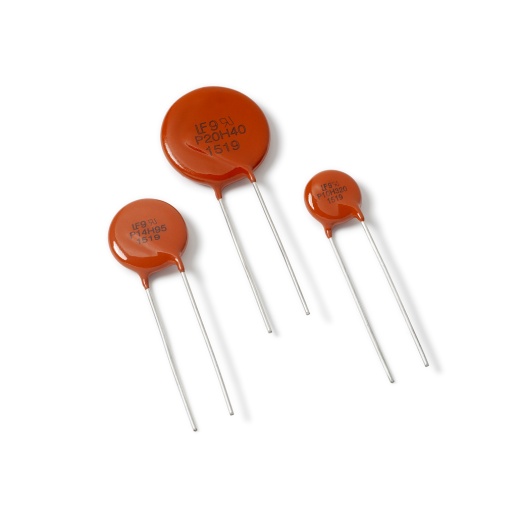
Littelfuse's New HMOV Series Varistors
Three Phase UPS systems offer higher efficiency, reliability, and scalability compared to single-phase UPS. They are commonly used in data centers, industrial facilities, and critical infrastructure.
Features of the Three Phase UPS:
1. Scalability: The Three Phase UPS systems are highly scalable, allowing for easy expansion as the power requirements of the facility increase. This makes them suitable for both small and large-scale applications.
2. Redundancy: These UPS systems are equipped with redundant components, such as redundant power modules and redundant fans, to ensure uninterrupted power supply even in the event of a component failure.
3. High Efficiency: The Three Phase UPS systems are designed to operate at high efficiency levels, reducing energy consumption and minimizing operating costs. They often incorporate advanced technologies, such as double conversion topology and energy-saving modes, to achieve this.
4. Advanced Battery Management: These UPS systems come with advanced battery management features, including battery monitoring, temperature compensation, and automatic battery testing. This ensures the reliability and longevity of the battery system.
5. Remote Monitoring and Management: Many Three Phase UPS systems offer remote monitoring and management capabilities, allowing users to monitor the UPS status, perform diagnostics, and make configuration changes remotely. This improves the overall system management and reduces maintenance costs.
Performance of the Three Phase UPS:
1. Power Capacity: The Three Phase UPS systems are capable of handling high power capacities, typically ranging from a few kilowatts to several megawatts. This makes them suitable for powering critical equipment in data centers, manufacturing plants, hospitals, and other large-scale facilities.
2. Voltage Regulation: These UPS systems provide precise voltage regulation, ensuring a stable and clean power supply to the connected equipment. This helps in preventing equipment damage and data loss caused by voltage fluctuations and surges.
3. Fault Tolerance: The Three Phase UPS systems are designed with fault-tolerant features, such as redundant components and parallel operation capability. This ensures high availability and reliability of the power supply, even during maintenance or component failures.
4. Fast Switchover: In the event of a power outage or voltage disturbance, the Three Phase UPS systems provide fast switchover times, typically in milliseconds, to ensure seamless power transfer and uninterrupted operation of the connected equipment.
Solar power protection, Three Phase Uninterruptible Power Supply, Three-phase power, Redundancy,Lithium battery backup
Bosin Power Limited , https://www.bosinsolar.com